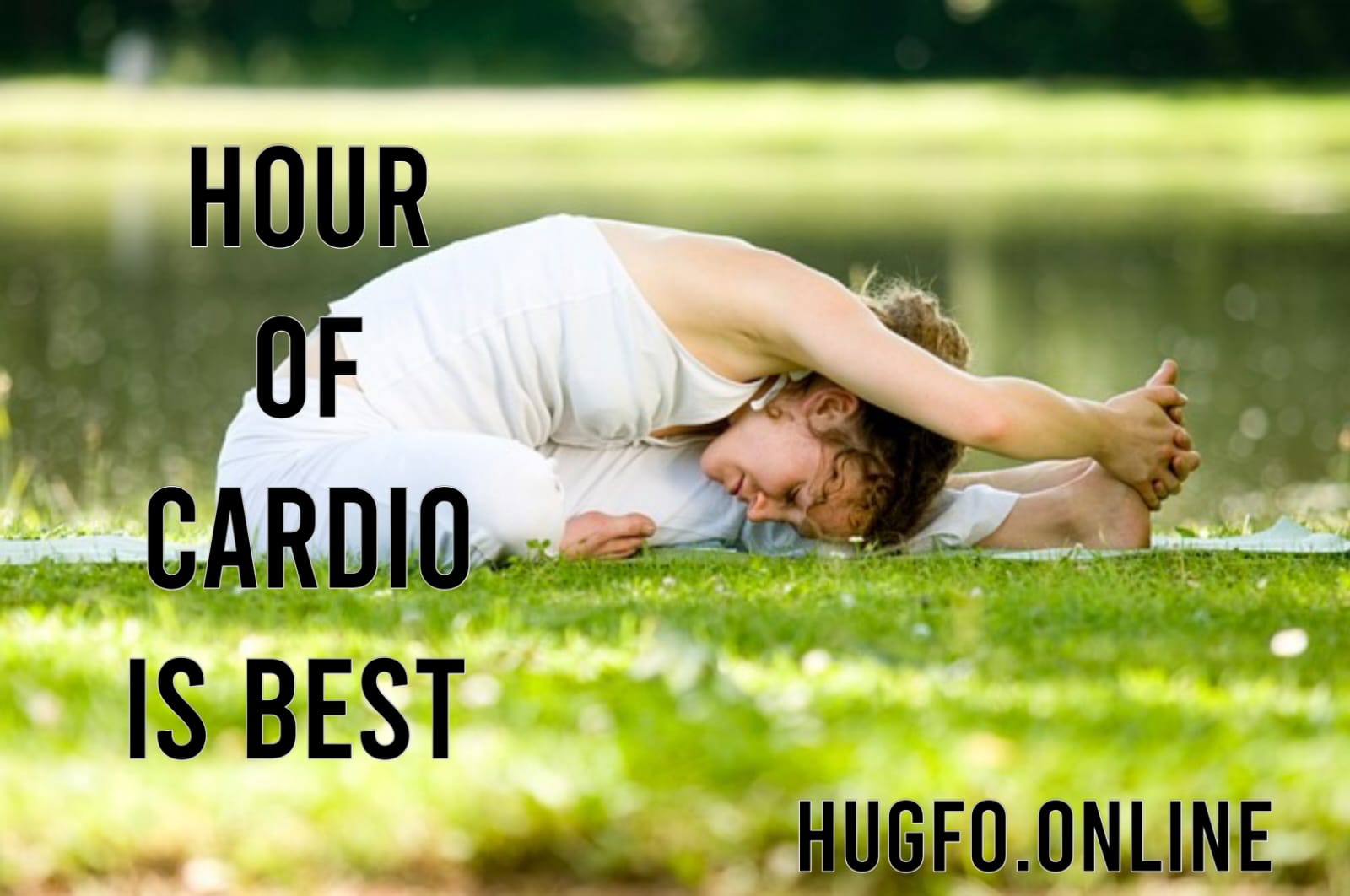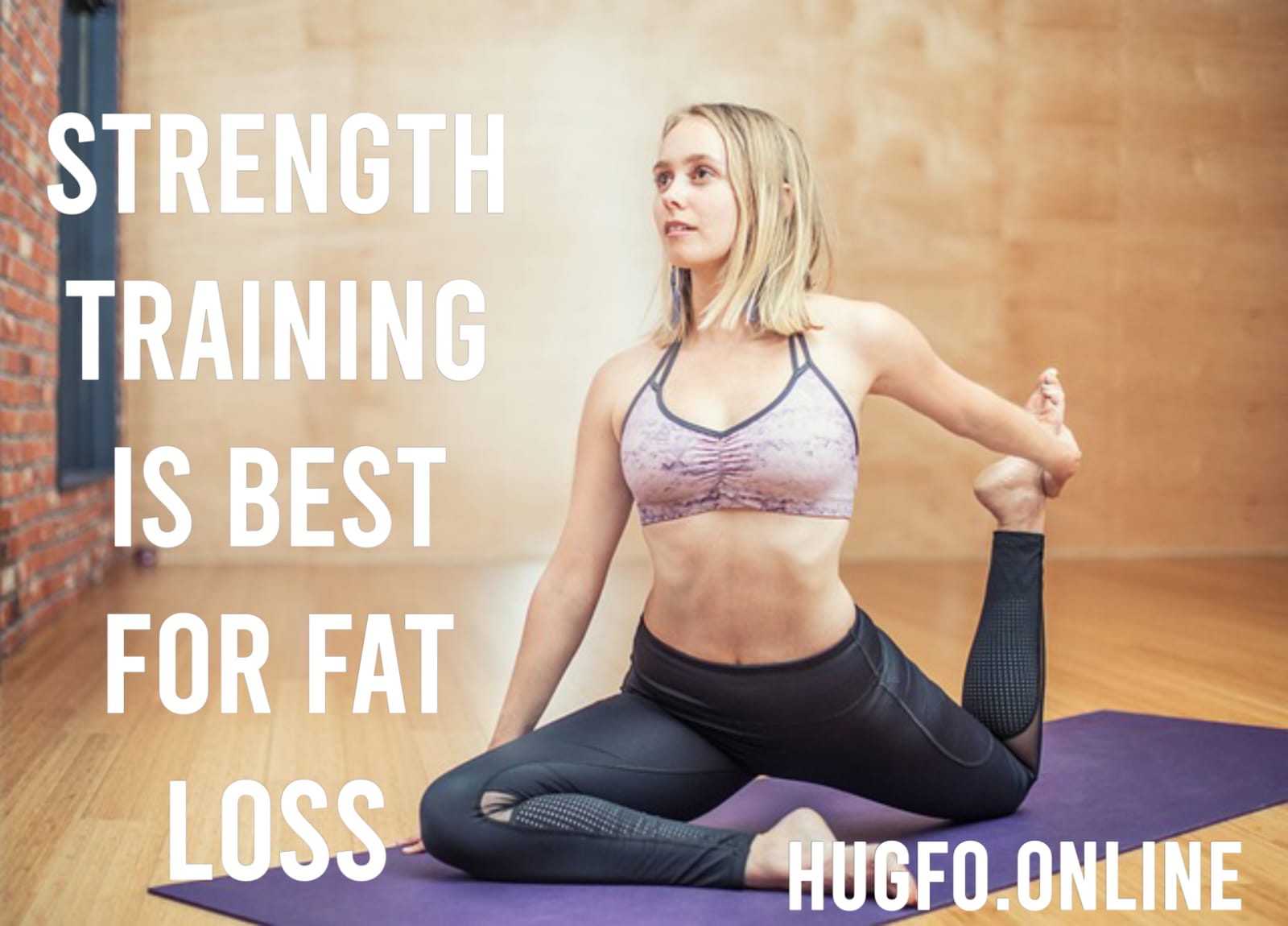Intense cardio exercise refers to high-energy, fast-paced workouts that keep your heart rate elevated throughout the entire session. It involves activities that require significant effort, such as sprinting, high-intensity interval training (HIIT), or cycling at a rapid pace. The goal is to push your body to its cardiovascular and muscular limits, helping you burn a ton of calories in a relatively short amount of time. But why go intense, you ask? It’s simple—because it gets results!
What is the intensive 202 cardio exercise Strategy?
The goal of high intensity interval training, or HIIT, is to make your workout as effective as possible. Picture this: you’re stretching yourself to the edge so, serious explosions of activity, trailed by brief times of rest or lower-power movement. This ever changing methodology cardio intensive helps light calories, support cardiovascular wellness, and fabricate muscle — all inside a smaller time period.
A brief description of what HIIT is:
Intense bursts in short bursts: Consider it doing your absolute best for 20 to 30 seconds, whether you’re running, cycling, or doing burpees.
Rest or Low-Power Stretches: After your burst, you pause and rest for a brief period, normally between 10 to 60 seconds.
Rehashed Cycles: This pattern of extreme focus followed by rest is rehashed intensive a few times, framing a total exercise.
HIIT is more than just a fitness fad; It is a method cardio that is supported by science and intended to improve your workout efficiency.
The Advantages of HIIT Exercises
You may ponder, “How might this benefit me?” Indeed, we should separate the advantages of incorporating HIIT into your wellness routine:
Time-Efficient: Have a tight timetable? Don’t worry about it! HIIT exercises intensive are regularly more limited than customary exercises, making them ideal for those bustling days.
Expanded Metabolic Rate: Due to the afterburn effect, also known as excess post-exercise oxygen consumption, or EPOC, high intensity interval training (HIIT) keeps your metabolism going even after you stop exercising.
Worked on Cardiovascular Wellbeing: By increasing endurance cardio and intensive lowering blood pressure, regular HIIT sessions can improve heart health.
Upgraded Fat Consuming: When it comes to losing fat, especially cardio around your belly, HIIT is a powerful workout. It’s like turning up the speed for fat loss!
Retention of Muscles: Because HIIT preserves muscle mass, unlike cardio some other forms of cardio, you’ll tone up while burning fat.
Instructions to Begin with HIIT
Prepared to plunge into the universe of HIIT? Here is a novice cardio accommodating intensive manual for assist you with beginning:
Pick Your Activity
Priorities straight, settle on the activities you’ll do. HIIT may include the following activities:
Sprinting or running: Ideal for the individuals who appreciate raising a ruckus around town.
Cycling: ideal for intensive working out inside or outside.
Exercises with your own body weight: Think bouncing jacks, push-ups, or squats.
Training for Strength: Add intensive weights for an additional challenge.
Set Your Spans
The sorcery of HIIT lies in its stretches. An easy structure to follow is as follows:
Warm-Up: Endure 5 minutes intensive heating up with light cardio or dynamic stretches.
Extreme focus Stretch: Go all out for 20 to 30 seconds.
Rest Stretch: Recuperate for 10 to 60 seconds.
Repeat: Try for eight to ten cycles.
Refreshment Don’t forget to refresh! Put shortly doing delicate stretches to assist your muscles with recuperating.
Test HIIT Exercise
Searching for a fast HIIT exercise to kick you off? Here is an example routine you can attempt:
Warm-Up: 5 minutes of running or energetic strolling.
Circuit:
Sprint: 30 seconds
Rest: 30 seconds
Burpees: 30 seconds
Rest: 30 seconds
Hop Squats: 30 seconds
Rest: 30 seconds
Hikers: 30 minutes of rest: 30 seconds
Cool Down: 5 minutes of extending
FAQs About HIIT
Is HIIT Reasonable for Fledglings?
Absolutely! HIIT can be custom-made to any wellness level. Begin with lower power and bit by bit increment as you construct perseverance.
How often ought I to perform HIIT?
Go for the gold 3 times each week to permit your body to recuperate and stay away from overtraining.
Is HIIT a Good Way to Lose Weight?
Indeed, HIIT is successful for weight reduction. It helps your digestion and consumes calories even after your exercise.
What Are the Dangers of HIIT?
While HIIT is by and large protected, it’s extraordinary. If you’re new to exercise or have any health concerns, listen to your body and talk to a fitness professional.
Stay Visible: Wear bright or reflective clothing.
Hydrate: Carry water, especially on longer outings.
Plan Your Route: Tell someone where you’re going and when you expect to be back.
Conclusion
Outside cardio exercise is more than just a way to stay fit; it’s an opportunity to reconnect with nature, explore new places, and boost your overall well-being. Whether you’re pounding the pavement, tackling a trail, or paddling through calm waters, the benefits are endless. So, the next time you’re considering skipping your workout, just step outside and let the great outdoors inspire you to move. After all, isn’t life better with a little fresh air?
There you have it—everything you need to know about what is outside cardio exercise. Now, go out there and make the world your gym!



